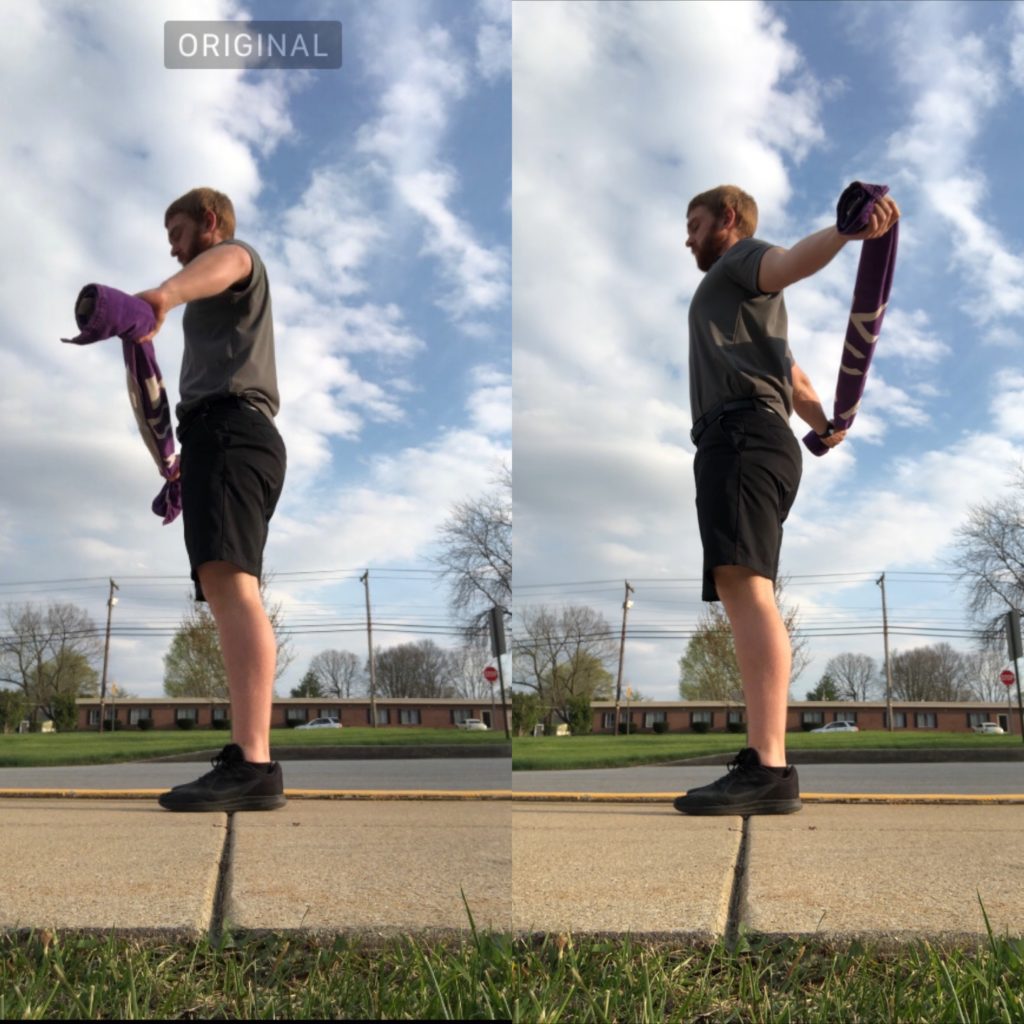The Why, When, and How of Strecthing
It’s no joke that having a balanced fitness regime can be complicated. Most of us know how to perform cardiovascular exercise and/or execute a strength training program to some degree. What is often overlooked is flexibility. Flexibility training, mobility work, stretching, etc.
Why should you stretch?
Our muscles are responsible for our ability to remain upright. Without them, our skeleton would collapse to the ground. When we talk about “perfect posture”, what we are really talking about is an optimal length-tension relationship between opposing muscles in our body. This relationship is important for muscles of the trunk that are responsible for a tall, upright spine as well as for our extremities so that we are able to move our arms and legs through a full range of motion. If these relationships become imbalanced, we are at higher risk for strains and joint damage. Imbalances in these relationships ALWAYS lead to chronic pain if uncared for.
Strength training alters the length-tension relationship of muscles in our body.
When should you stretch?
There are two types of stretching that most people are familiar with, dynamic stretching and static stretching. Each has its place in a well-rounded fitness routine.
Dynamic Stretching: active movements that take a joint through its full range of motion. This type of stretching should be completed prior to a workout and performed with specificity, mimicking movements that will be completed later in the workout. Dynamic stretches should be performed on areas that are deemed “tight” to help optimize the length-tension relationship between muscles before they take on loaded movements.

For example, perform stationary high kicks as a way to dynamically stretch the hamstrings through a full range of motion before performing heavy barbell squats later in a workout, a movement that requires a significant range of motion in the hamstrings.
Static Stretching: movements that extend a muscle to its end range of motion and are held for up to 30 seconds. The focus of static stretching should be to relax the stretched muscle as much as possible when holding the extended position. This type of stretching is good for increasing overall range of motion in targeted muscles/joints and is optimally done post-workout. At the end of a strength training bout, the muscles that were trained will return to their resting state in a shortened or tightened position which is a suboptimal length-tension relationship. Static stretching helps the worked muscles return to a resting state with a more favorable length-tension relationship.

For example: After doing a heavy bench press workout it is optimal to stretch the chest muscles so that they return to a resting state with a favorable length-tension relationship. Have you ever heard jokes that very large and muscular men can’t scratch their backs? This is in part because of tight, shortened chest muscles, and weak lengthened back muscles. The length-tension relationship is suboptimal.
Send this article to everyone you know that could use some more stretching in their life!
If you would like to talk more about stretching, fitness, or to learn about virtual training opportunities, reach out to me today.
Virtual training is personalized to your needs, the equipment you have, and to help you meet your goals. LIVE sessions and template workouts with supporting videos are available.

